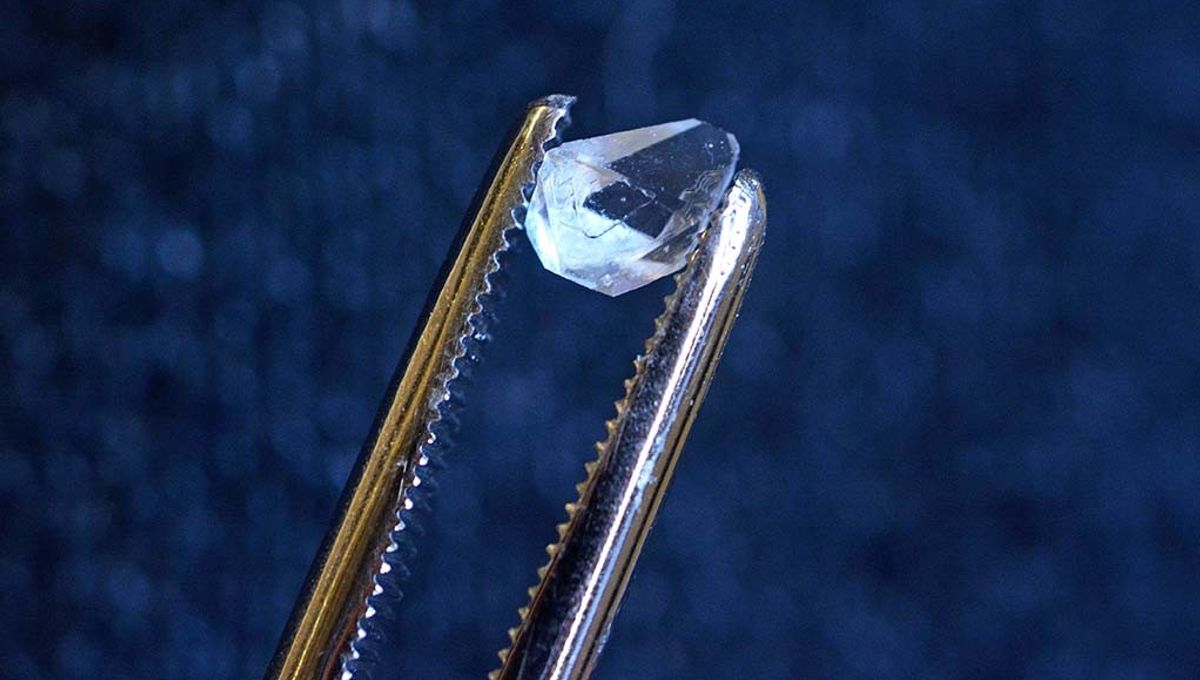
In 2016, scientists discovered time crystals, solids with an oscillating internal structure that repeats itself in time rather than in space. Now, they have found a new one, in a regular crystal that can be easily made at home in one of those grow-your-own-crystal toys.
As reported in two studies published in Physical Review Letters and Physical Review B, researchers have identified the typical behavior of a discrete time crystal (DTC) in mono-ammonium phosphate. This discovery complicates the theory behind time crystals, as researchers have generally believed that these objects require a certain “internal disorder” to be able to act as time crystals.
The team had grown crystals for a different experiment but was curious to see if they could observe the expected DTC signal in them. They used nuclear magnetic resonance and were surprised to discover the signature as quickly as they did.
“Our crystal measurements looked quite striking right off the bat,” the principal investigator for the two new studies Professor Sean Barrett, from Yale University, said in a statement. “Our work suggests that the signature of a DTC could be found, in principle, by looking in a children’s crystal growing kit.”
Time crystals have been likened to weird jiggling Jell-O. You start shaking it, but the gelatin oscillates with a frequency that doesn’t correspond to your movements. This is what happens with time crystals. No matter what your initial push might have been, the time crystal assumes a specific frequency. So even if your pulses are imperfect, the time crystal will oscillate with a clockwork tick.
How such structures come to be is unclear and the new research challenges many of the expectations and ideas put forward over the last two years. “We realized that just finding the DTC signature didn’t necessarily prove that the system had a quantum memory of how it came to be,” said Yale graduate student Robert Blum, a co-author of the studies.
The team then pushed their investigation further. “This spurred us to try a time crystal ‘echo,’ which revealed the hidden coherence, or quantum order, within the system,” lead author Jared Rovny, also a Yale graduate student, explained.
Time crystals could potentially improve well-established technologies like atomic clocks, magnetometers, and even the gyroscopes used in mobile phones to determine their orientation. They might even play an important role in emergent quantum technologies, an area of research that will likely see increased investment over the next few years.
This article first appeared in May 2018.
Source Link: Physicists Found A Time Crystal Inside A Children's Toy